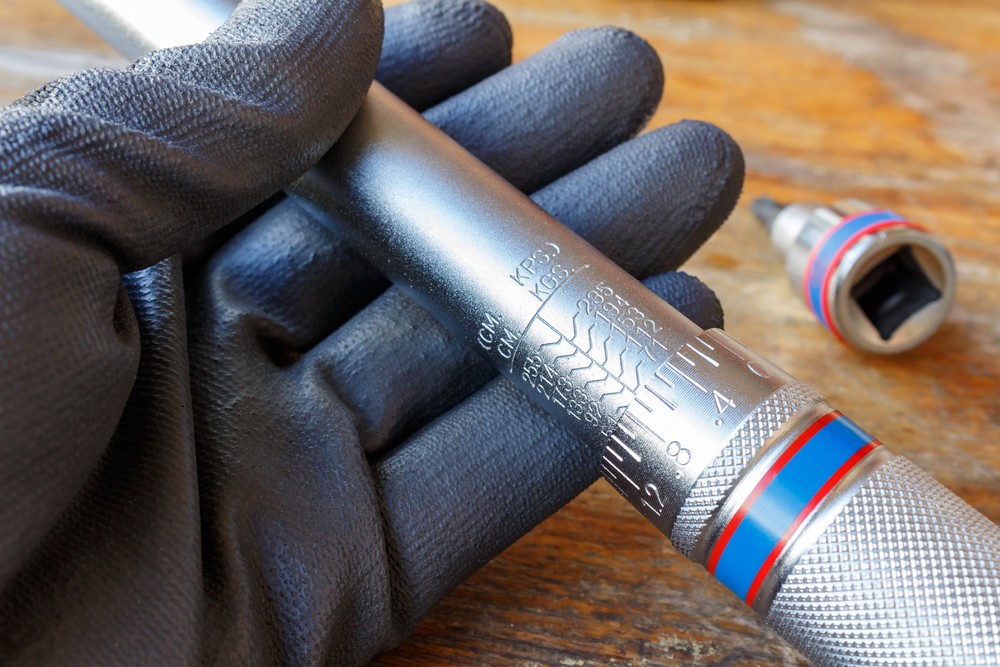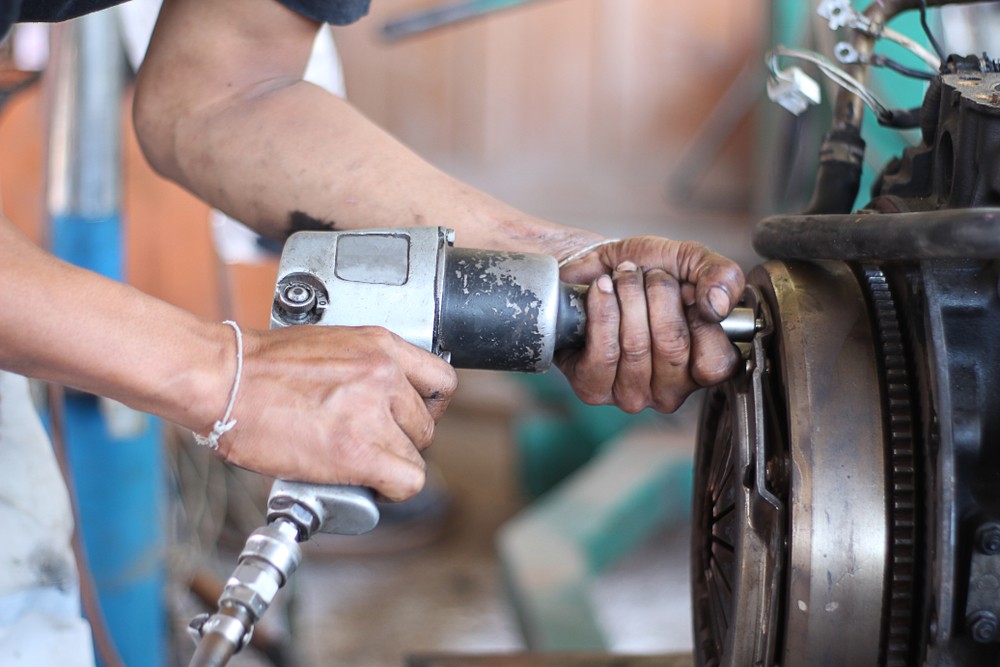How to Calculate Torque and Improve Your Torque Technique

“Do not over-torque.” It’s a phrase every maintenance tech is familiar with. You’ve probably seen it hundreds of times, plastered on the side of an access hatch near industrial bolts. Most of the time, it’s an easy enough direction to follow ― just stop tightening when you meet resistance. But that’s not all there is to proper torquing technique.
Not overtightening is only one component of proper torque method. Using appropriate torque value and tools is another. Even the order of tightening operations plays a significant role in the integrity of flange fastening.
How to Calculate Proper Torque
First, determine the proper torque value. If this information is not available in the original equipment manufacturer (OEM) manuals, calculate torque value manually using T = KFd:
- T = wrench torque (Nm, in lb)
- K = bolt material and size
- d = bolt diameter (m, in)
- F = axial bolt force (N, lb)
If you don’t want to calculate torque value manually, any number of easily available torque calculators can do this.
Tightening tools
Whenever possible, use a pneumatic torque wrench to tighten flange bolts. Not only is it much quicker and easier, it also allows for more accurate torque application. Using a manual torque meter or sensor is possible, but not advised. Pneumatic tools allow you to set a specific torque and tighten to a high degree of precision, without over-torquing or stripping bolts.

Methodology in tightening
If you’ve ever changed a tire, you know the importance of tightening bolts incrementally. Completely securing one bolt at a time creates an imbalance that may become problematic later. Instead, it’s advised to tighten bolts in a clockwise or counterclockwise direction.
Usually, best practice dictates tightening in two stages. The first pass sees bolts tightened to a specific torque rating, with limited “give” to adjust the alignment of the flange. A second pass then tightens each bolt to the specified final tightness via another torque rating.
Why the fuss over torque technique?
Good torque technique is important because of the role it plays in flange alignment and security. Improperly tightened fasteners can quickly lead to safety issues and expensive problems. Take, for example, the crash of an Air Force Global Hawk drone in 2011. After investigating the crash, the U.S. Air Force cited “improper torque” as a significant contributing factor in the drone’s crash. The cost of that bolt failure? Approximately $73 million in taxpayer dollars.
Torquing technique is one of the earliest skills a mechanical repair technician learns, but so often, quality gets sacrificed for quickness. It’s important to emphasize torquing and tightening best practices among your repair techs. Not only will it improve the integrity of your essential equipment, it’ll also keep maintenance and repair costs lower over time.
